Важность стандартов промышленной арматуры.
Стандарты промышленной арматуры имеют решающее значение для обеспечения надежности., безопасность, и эффективность клапанов в различных отраслях промышленности.
Я считаю, что стандарты играют решающую роль в установлении строгих протоколов и критериев безопасности., минимизация риска выхода из строя клапанов, и повышение общей безопасности промышленных процессов.
С моей точки зрения, стандарты обеспечивают основу для проектирования и производства клапанов, обеспечение стабильного уровня качества и надежности для различных производителей и областей применения..
Я ценю то, как стандартизация способствует совместимости, позволяя клапанам из разных источников бесперебойно работать вместе. Это имеет решающее значение для интеграции клапанов в сложные промышленные системы..
Я ценю то, что стандарты устанавливают конкретные критерии эффективности., долговечность, и функциональность, позволяя производителям соблюдать строгие меры контроля качества. Это приводит к созданию надежных и долговечных клапанов..
Соблюдение стандартов промышленной арматуры обеспечивает соответствие нормативным требованиям., охватывающие такие аспекты, как безопасность, воздействие на окружающую среду, и общее качество продукции.
Я признаю, что общие стандарты обеспечивают универсальный язык для спецификаций., облегчение международной торговли, позволяя производителям производить клапаны, соответствующие признанным мировым критериям..
Я понимаю, как стандартизация оптимизирует процессы проектирования и производства., сокращение затрат, связанных с кастомизацией. Такая эффективность способствует созданию экономичных решений как для производителей, так и для конечных пользователей..

Знакомство с разнообразными применениями промышленной арматуры в различных отраслях промышленности..
Когда я углубляюсь в многогранную сферу промышленной арматуры, Передо мной раскрываются их разнообразные применения в различных отраслях., демонстрируя их незаменимую роль в контроле и регулировании жидкости. Эти клапаны – не просто компоненты; они — молчаливые дирижеры, дирижирующие симфонией процессов в разных отраслях.. Давайте отправимся в путешествие, чтобы изучить ряд отраслей, где промышленные клапаны являются важными хранителями гидродинамики.:
Нефтяная и газовая промышленность:
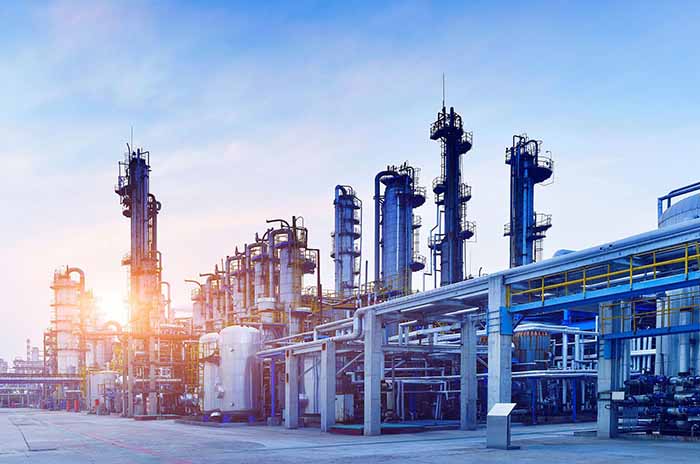
В нефтегазовом секторе, Я являюсь свидетелем того, как промышленная арматура находится на переднем крае, тщательное управление добычей, обработка, и транспортировка жизненно важных ресурсов. Их умелый контроль над потоком и давлением обеспечивает бесперебойную работу трубопроводов., нефтеперерабатывающие заводы, и морские платформы.
Химическая обработка:
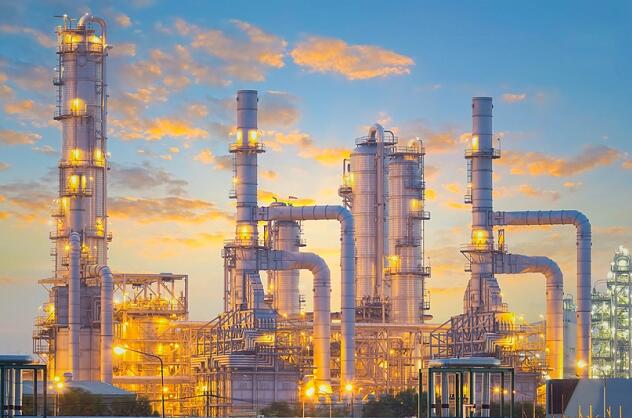
Поход на химические заводы, Я рассматриваю клапаны как стражи точности, регулирование потока различных химикатов. Их роль выходит за рамки контроля, внося значительный вклад в производственные процессы и соблюдая строгие стандарты безопасности.
Очистка воды и сточных вод:
Навигация по водоочистным сооружениям, клапаны становятся хранителями водных ресурсов. Будь то контроль расхода на очистных сооружениях или надзор за распределением воды и удалением сточных вод., их присутствие имеет решающее значение.
Выработка энергии:
Среди огромного ландшафта электростанций, клапаны раскрывают свое значение в паровых системах, контуры охлаждения, и топливопроводы. Они становятся полноценными игроками, обеспечение эффективной работы турбин и котлов.
Горное дело и металлургия:
В пересеченной местности горнодобывающих работ, клапаны занимают центральное место, управление потоком суспензий, газы, и химикаты. Их незаменимая роль распространяется на процессы добычи и переработки металлов., вклад в суть этих операций.
Целлюлозно-бумажная промышленность:
Замысловатый танец клапанов продолжается в целлюлозно-бумажной промышленности, где они облегчают регулируемый поток жидкостей и газов. Их роль в этом секторе жизненно важна, обеспечение бесперебойной работы процессов, критически важных для производства бумаги.
Цель и сфера применения стандартов

С моей точки зрения, стандарты предлагают последовательную структуру, регулирующую проектирование, производство, и испытание клапанов. Такое единообразие гарантирует, что клапаны разных производителей соответствуют признанным критериям., повышение надежности и совместимости.
В моем исследовании, Я обнаружил, что общие стандарты устанавливают универсальный язык спецификаций., упрощение международной торговли. Производители могут производить клапаны, соответствующие всемирно признанным критериям., оптимизация трансграничных транзакций.
Глобальный охват стандартов промышленной арматуры:
Такие организации, как Международная организация по стандартизации (ИСО) и Американский национальный институт стандартов (АНСИ) играют ключевую роль в формировании мировых стандартов для промышленной арматуры. Эти стандарты служат ориентиром для производителей по всему миру..
В разных регионах могут действовать особые стандарты, на которые влияют местные правила и отраслевая практика.. Однако, предпринимаются усилия по приведению региональных стандартов в соответствие с международными нормами для обеспечения целостного глобального подхода..
Крупнейшие международные организации по стандартизации
Международная организация по стандартизации (ИСО):
ISO является выдающимся глобальным органом по установлению стандартов.. Он разрабатывает и публикует международные стандарты, охватывающие широкий спектр отраслей., включая промышленную арматуру.
Стандарты ISO обеспечивают общий язык и набор критериев для производителей., обеспечение согласованности и совместимости между странами. Стандарты ISO, относящиеся к промышленной арматуре, охватывают такие аспекты, как конструкция, материалы, и процедуры тестирования.
Американский национальный институт стандартов (АНСИ):
ANSI курирует разработку стандартов для различных отраслей промышленности., включая клапаны. Он служит национальным органом по стандартизации США..
ANSI способствует разработке стандартов, основанных на консенсусе., обеспечение того, чтобы заинтересованные стороны отрасли, эксперты, и представители правительства вносят свой вклад в процесс стандартизации. Стандарты ANSI часто соответствуют глобальным нормам..
ANSI сотрудничает с международными органами по стандартизации., такие как ISO и Международная электротехническая комиссия (МЭК), гармонизировать стандарты и способствовать глобальной согласованности. Он активно участвует в партнерских отношениях для содействия принятию стандартов..
Европейский комитет по стандартизации (CEN):
CEN разрабатывает стандарты для европейских стран, содействие гармонизации и обеспечению общей структуры для отраслей, в том числе производство промышленной арматуры.
Стандарты CEN способствуют безопасности, качество, и эффективность промышленной арматуры на европейском рынке. Они затрагивают различные аспекты, от требований к производительности до методов тестирования.
CEN сотрудничает с другими региональными организациями по стандартизации и участвует в международных усилиях по стандартизации.. Это сотрудничество способствует приведению европейских стандартов в соответствие с мировыми аналогами..
Международная электротехническая комиссия (МЭК):
IEC фокусируется на разработке международных стандартов в области электротехники., электронный, и сопутствующие технологии. Хотя конкретно не сосредоточены на клапанах, это может способствовать разработке стандартов, связанных с системами автоматизации и управления клапанами..
Стандарты МЭК могут пересекаться со стандартами промышленной арматуры., особенно те, которые связаны с приводами клапанов, системы управления, и связанные с ними электрические компоненты.
IEC сотрудничает с ISO для разработки стандартов, объединяющих как электрические, так и механические аспекты., обеспечение комплексного подхода к промышленной продукции, включая клапаны с электронными компонентами.
Немецкий институт стандартизации (ОТ):
DIN — Немецкий институт стандартизации., участие в разработке стандартов для различных отраслей промышленности, в том числе производство промышленной арматуры.
Стандарты DIN широко признаны и приняты в Германии и за ее пределами.. Они охватывают такие аспекты, как материалы, размеры, и процедуры испытаний промышленной арматуры.
DIN сотрудничает с международными органами по стандартизации для приведения своих стандартов в соответствие с мировыми нормами.. Его участие в процессе стандартизации гарантирует, что немецкий опыт будет способствовать разработке комплексных стандартов..
Типы клапанов и классификация
Задвижки:
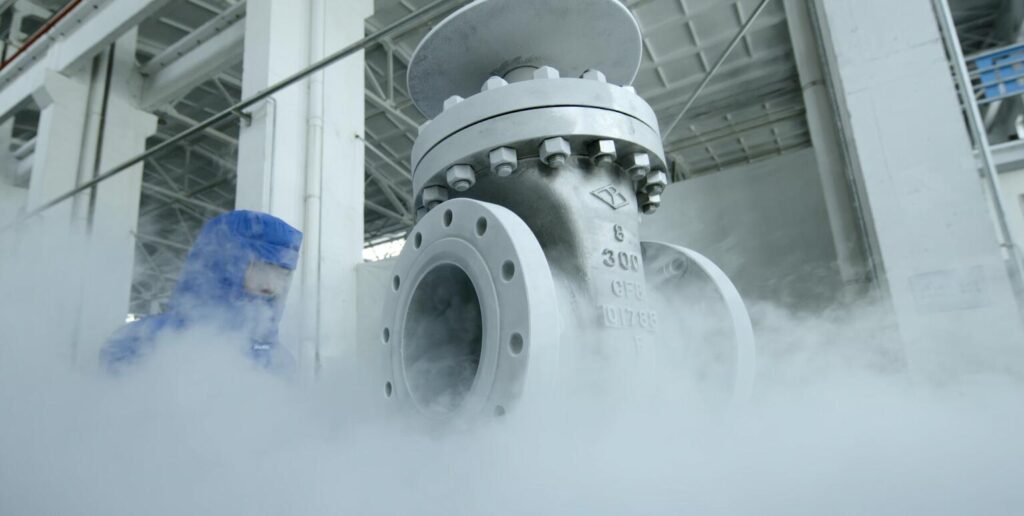
Описание: Задвижки контролируют поток жидкости, поднимая или опуская затвор. (клиновидный диск) в путь потока или из него. Они обеспечивают герметичное уплотнение в полностью закрытом состоянии..
Приложения: Обычно используется в двухпозиционных приложениях, где требуется полный поток или полное перекрытие.. Встречается в системах водоснабжения и канализации., нефте- и газопроводы, и более.
Шаровые клапаны:
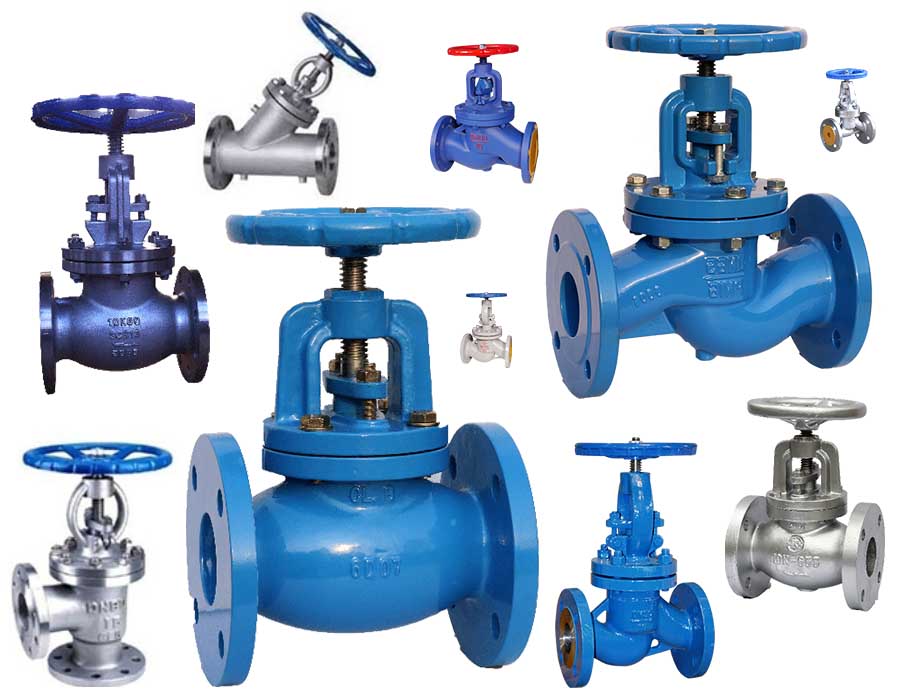
Описание: Проходные клапаны имеют диск. (вилка или диск) который движется перпендикулярно пути потока, управление жидкостью путем изменения размера отверстия для потока.
Приложения: Подходит для дросселирования или регулирования потока.. Обычно используется в таких отраслях, как химическая обработка., нефтехимия, и производство электроэнергии.
Шаровые краны:
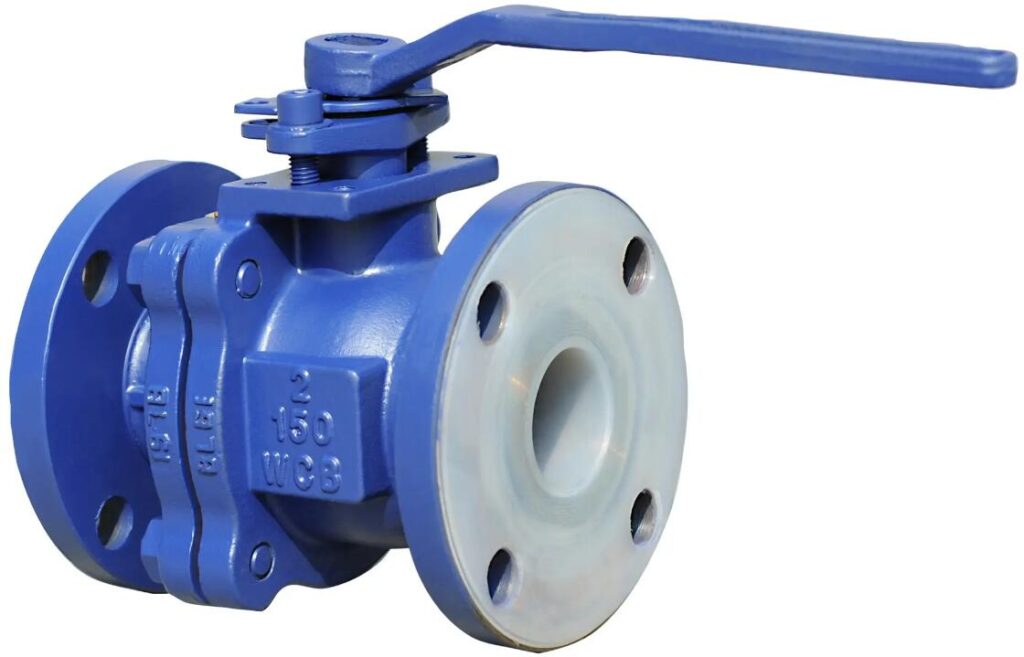
Описание: В шаровых кранах используется сферический диск. (мяч) контролировать поток. Когда шар расположен параллельно потоку, это обеспечивает полный поток; когда перпендикулярно, он блокирует поток.
Приложения: Широко используются в различных отраслях промышленности благодаря своей универсальности.. Общие области применения включают системы водоснабжения., газопроводы, и химическая обработка.
Поворотные заслонки:
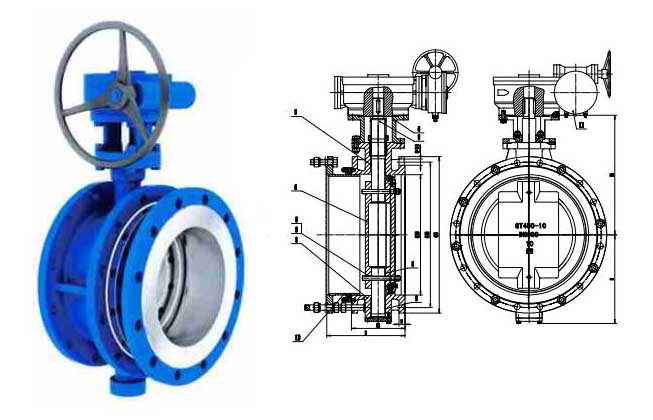
Описание: Поворотные затворы имеют диск, который вращается вокруг вала в центре затвора.. Вращение диска контролирует поток, либо выравнивая его по пути потока, либо блокируя его..
Приложения: Идеально подходит для трубопроводов большого диаметра и приложений, где требуется быстрое и эффективное управление.. Используется в системах HVAC., очистка воды, и некоторые промышленные процессы.
Обратные клапаны:
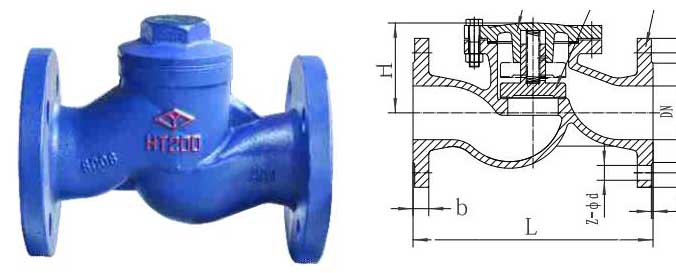
Описание: Обратные клапаны пропускают поток только в одном направлении., предотвращение обратного потока. Обычно у них есть лоскут, диск, или поворотный механизм, открывающийся по направлению потока.
Приложения: Обычно используется для предотвращения обратного потока в системах водоснабжения и водоотведения., химическая обработка, и нефте- и газопроводы.
Регулирующие клапаны:
Описание: Регулирующие клапаны регулируют поток жидкости, изменяя размер проточного канала.. Они оснащены приводами для точного управления..
Приложения: Интегрирован в процессы, требующие точного контроля., например, в химическом производстве, электростанции, и переработка.
Предохранительные клапаны:
Описание: Предохранительные клапаны автоматически сбрасывают давление, когда оно превышает заданный уровень., защита оборудования от избыточного давления.
Приложения: Критически важен в приложениях, где контроль давления имеет первостепенное значение., такие как паровые котлы и сосуды под давлением.
Ключевые параметры и критерии тестирования
| Общие стандарты на клапаны — Стандарты классов основных параметров | ||
| АСМЭ-Стандарты клапанов КЛАССА API-MSS-AWWA | Стандарты клапанов GB-JB CLASS+PN | |
| ASME B16.34 Фланцевый, Сварка, Клапаны с резьбой | GB12224 К стальным клапанам обычно предъявляются требования, указанные сериями CLASS и PN.. | |
| ASME B16.348 Фланцевый, Сварка, Задвижка с резьбой на конце | GB12224 К стальным клапанам обычно предъявляются требования, указанные сериями CLASS и PN., специально для задвижек. | |
| AP1600 Перевод: Бронзовый проходной клапан с фланцевой крышкой и приварной раструбной крышкой на болтах (Сверхмощный) | GB122344 Стальная задвижка с крышкой на болтах для нефтяной и газовой промышленности (Серия КЛАСС+ПН) | |
| API603 Фланцевый и раструбно-приварной клапан из коррозионностойкой стали с болтовой крышкой | GB12224 Общие требования к стальным клапанам (Задвижки серии CLASS+PN) | |
| Трубопроводный клапан API 6DX (Задвижка) | ГБ 19672 Трубопроводная арматура, Серия КЛАСС+ПН, Задвижки ГБ 201736 Трубопроводная арматура, Серия КЛАСС+ПН, Задвижки | |
| GB 12232C Фланцевая чугунная задвижка (Серия ПН) | ||
| AWWA C209 Задвижка с упругим седлом для систем водоснабжения | ГБ 24924 Упругие седла задвижки для систем водоснабжения (Серия ПН) | |
| Джей Би 10637 Расширяющаяся задвижка с металлическим седлом (Серия КЛАСС+ПН) | ||
| Джей Би 8691 Ножевая задвижка с проушинами (Серия ПН) | ||
КБ 846 Резьбовой клапан из железа и бронзы (Серия ПН, Задвижка) | ||
| Общие стандарты продукции для проходных клапанов, обратные клапаны, и поднимите обратные клапаны. | ||
| Стандарты клапанов КЛАССА ASME-API-MSS-AWWA | Стандарты клапанов GB-JB CLASS+PN | |
| АСМЭ Р16.34: фланцевый, Сварка, Клапаны с резьбой (Шаровые клапаны, Обратные клапаны, Подъемные обратные клапаны) | ГБ12224: Общие требования к стальным клапанам (Клапаны серии CLASS+PN, Шаровые обратные клапаны, Подъемные обратные клапаны, Пробковые клапаны) | |
| API600: Стальные клапаны с крышкой на болтах для фланцевых и приварных концов (Шаровые клапаны, Шаровые обратные клапаны, Подъемные обратные клапаны – Сверхмощный) | ГБ12235: Стальные шаровые клапаны и подъемные обратные клапаны для нефти, нефтехимическая, и смежные отрасли (Серия КЛАСС+ПН – Сверхмощный) | |
| БС 1873: Стальные шаровые и обратные клапаны для нефти, нефтехимическая, и смежные отрасли – Фланцевые и приварные встык концы (Серия КЛАСС+ПН – Сверхмощный) | ||
| ГБ12233: Чугунный обратный клапан подъема и обратный клапан подъема | ||
| АСМЭ Б16.34: фланцевый, Сварка, Клапаны с резьбой (Поворотные обратные клапаны) | ГБ12224: Общие требования к стальным клапанам (Поворотные обратные клапаны серии CLASS+PN, Пробковые клапаны) | |
| API600: Стальные клапаны с крышкой на болтах для фланцевых и приварных концов (Поворотные обратные клапаны) | ГБ122368: Стальные поворотные обратные клапаны для нефти, Химическая, и смежные отрасли (Поворотные обратные клапаны серии CLASS+PN) | |
| BS18688: Стальные обратные клапаны для нефти, нефтехимическая, и смежные отрасли – Фланцевые и приварные встык концы (Серия КЛАСС+ПН) | ГБ13932: Чугунные поворотные обратные клапаны (Серия ПН) | |
| АПТ 5948: фланцевый, вафля, и сварные обратные клапаны – Сверхмощный | ГБ12236: Стальные поворотные обратные клапаны для нефтяной и химической промышленности (Поворотные обратные клапаны серии CLASS+PN) | |
| JB8937: Вафельные обратные клапаны (Серия КЛАСС+ПН) | ||
| ГБ213876: Обратные клапаны с осевым потоком (Серия КЛАСС+ПН) | ||
| Общие стандарты шаровых кранов | ||
| Стандарты клапанов КЛАССА ASMF-API-MSS-AWWA | Стандарты клапанов GB-JB CI.ASS+PN | |
| AP1608: Металлические шаровые краны для фланцевых соединений, Резьбовой, и сварочные соединения | ГБ 12237: Стальные шаровые краны для нефти, нефтехимическая, и смежные отрасли (Серия КЛАСС+ПН) | |
| БС 5351: Спецификация стальных шаровых кранов для нефти, нефтехимическая, и смежные отрасли (Серия КЛАСС+ПН) | ||
| API6DX: Трубопроводная арматура (Шаровые краны) | ГБ19672: Трубопроводная арматура (Шаровые краны, Серия КЛАСС+ПН) | |
| ГБ 21385: Эксцентриковые полушаровые краны (Серия КЛАСС+ПН) | ||
| ГБ26146: Эксцентриковые полушаровые краны (Серия КЛАСС+ПН) | ||
| Общие стандарты дроссельных заслонок | ||
| Стандарты клапанов ASME-API-MSS-AWWACLASS | Стандарты клапанов GB-JB CIASS+PN | |
| API609: Двойной фланцевый, вафля, и дисковые затворы с проушинами | ||
| АВВА C504: Поворотные заслонки с резиновым седлом | ГБ122385: Фланцевые и межфланцевые клапаны-бабочки с эластичным уплотнением (Серия ПН) | |
| ГБ 261448: Фланцевые и бесфланцевые клапаны-бабочки со стальной футеровкой из фторопласта (Серия ПН) | ||
| JB8527: Поворотные заслонки с металлическим седлом (Серия КЛАСС+ПН) | ||
| Общие стандарты пробковых клапанов | ||
| Стандарты клапанов КЛАССА ASME-API-MSS-AWWA | Стандарты клапанов GB-JB CLASS+PN | |
| API599: Металлические пробковые клапаны для фланцевых соединений, Резьбовой, и сварные концы | ГБ 221306: Стальные пробковые клапаны (Серия КЛАСС+ПН) | |
| API593: Пробковые клапаны из ковкого чугуна с фланцевым соединением | ГБ12240: Железные пробковые клапаны (Серия КЛАСС+ПН) | |
| JB111526: Подъемные пробковые клапаны с металлическим седлом (Серия КЛАСС+ПН) | ||
| Общие стандарты продукции для низкотемпературных клапанов. | ||
| Стандарты клапанов ASME-API-MSS-AWWA CIASS | Стандарты клапанов GB-JB CLASS+PN | |
| БС 6364: Низкотемпературные клапаны | ГБ/Т 24925: Технические условия низкотемпературной арматуры | |
| Обычный малый калибр, Резьбовой, Стандарты продукции на раструбные клапаны | ||
| Стандарты клапанов серии ASME APIMSS AWWA CLASS | Стандарты клапанов серии GBJB CLASS+PN | |
| API 6024: Стальные клапаны номинальных размеров DN100 мм и меньше для нефтяной и газовой промышленности, Шаровые клапаны, и обратные клапаны | Джей Би 77468: Компактный (Малый калибр) Стальные клапаны (КЛАСС Серия) для задвижек, Шаровые клапаны, и обратные клапаны | |
| ГБ/T287766: Компактный (Малый калибр) Стальные клапаны (КЛАСС Серия) для задвижек, Шаровые клапаны, и обратные клапаны | ||
| ГБ8468: Клапан с железной и медной резьбой (Серия ПН) для шаровых клапанов, Задвижки, и обратные клапаны | ||
| Общие стандарты испытаний клапанов | ||
| Стандарты клапанов ASME-API-MSS-AWWA | ГБ – Стандарты клапанов JB | |
| API 59: Проверка и испытание затвора клапана | ГБ264808: Проверка и испытание клапанов Джей Би 90928: Проверка и испытание клапанов | |
| ГБ 13927: Испытание давления для промышленных клапанов | ||
| ASME B16.104 FCI7D-2988: Испытание седла регулирующих клапанов на герметичность | ||
| API607: Испытание на огнестойкость четвертьоборотных клапанов с упругим седлом | ГБ264798: Испытание на огнестойкость четвертьоборотных клапанов с упругим седлом | |
| API 6ФАК: Спецификация испытаний клапанов на огнестойкость | ||
| API6FK: Испытание клапанов на огнестойкость | СИ 6745: Завершить огневое испытание | |
| АПЛ GFC: Испытание нижнего уплотнения клапана на огнестойкость | СИ 6746: Испытание нижнего уплотнения клапана на огнестойкость | |
| API 6FDX: Испытание обратных клапанов на огнестойкость | ГР 264828: Испытание обратных клапанов на огнестойкость | |
| ИСО 15848.16: Испытание и оценка типа неорганизованных выбросов для клапанов | ||
| ИСО 15848.26: Испытание клапанов на неорганизованные выбросы | ГБ264816: Испытание клапанов на неорганизованные выбросы | |
| API 6222: Спецификация испытания набивки клапана | ||
| Общие стандарты испытаний клапанов | ||
| Стандарты клапанов ASME-API-MSS-AWWA | Стандарты клапанов GB-JB | |
| МСС СП558: Визуальный осмотр литой стали клапана | Джей Би 7927: Визуальный осмотр литой стали клапана | |
| МСС СП54 (Приложение ASME B16.34.): Радиографическое исследование литой стали клапана | Джей Би 61408: Радиографическое исследование литой стали клапана | |
| ASTM E709 ASME B16.34: Магнитопорошковый контроль отливок клапанов | Джей Би 64396: Магнитопорошковый контроль отливок клапанов | |
| АСТМ Е165 (АСМЭ Б16.34): Капиллярный контроль отливок клапанов | Джей Би 69028: Капиллярный контроль отливок клапанов | |
| АСТМ А388, А609 (АСМЭ Б16.34): Ультразвуковой контроль поковок клапанов, Отливки | Джей Би 6903: Ультразвуковой контроль поковок клапанов | |
| КДЕС MR01756: Устойчивые к сульфидному растрескиванию металлические материалы для нефтепромыслового оборудования | ГБ 209728: Материалы, устойчивые к сульфидному растрескиванию под напряжением в агрессивных средах добычи нефти и газа | |
| Общие стандарты материалов клапанов | ||
| Стандарты клапанов ASME-ASTM | Стандарты клапанов GB-JB | |
| АСТМ: Отливки из углеродистой стали для клапанов | ГБ122286: Углеродистая сталь для клапанов A105, 25 | |
| АСТМ А216: Отливки из углеродистой стали для клапанов WCA, ВКБ, ВСЦ | ГБ12229: Углеродистая сталь для клапанов WCA, ВКБ, ВСЦ | |
| АСТМ А351: Нержавеющая сталь для клапанов CF3, CF8, CF3M, CF8M, CF8C | ГБ12230: Нержавеющая сталь для клапанов CF3, CF8, CF3M, CF8M, CF8C | |
| АСТМ А217: Отливки из высокотемпературной легированной стали для клапанов электростанций WC1, ЧМ6, туалет 9, С12А | Джей Би 52636: Отливки из высокотемпературной легированной стали для клапанов электростанций WC1, ЧМ6, ВКГ, С12А | |
| АСТМ А352: Стальные отливки для клапанов для эксплуатации при умеренных температурах LCA, ДЦБ, ЛК1, ЛК2, LC3, LC9, CA6NM | Джей Би 72486: Отливки из низкотемпературной стали для клапанов LCA, ДЦБ, ООО, ЛК1, ЛК2, LC3, LC9, CA6NM | |
